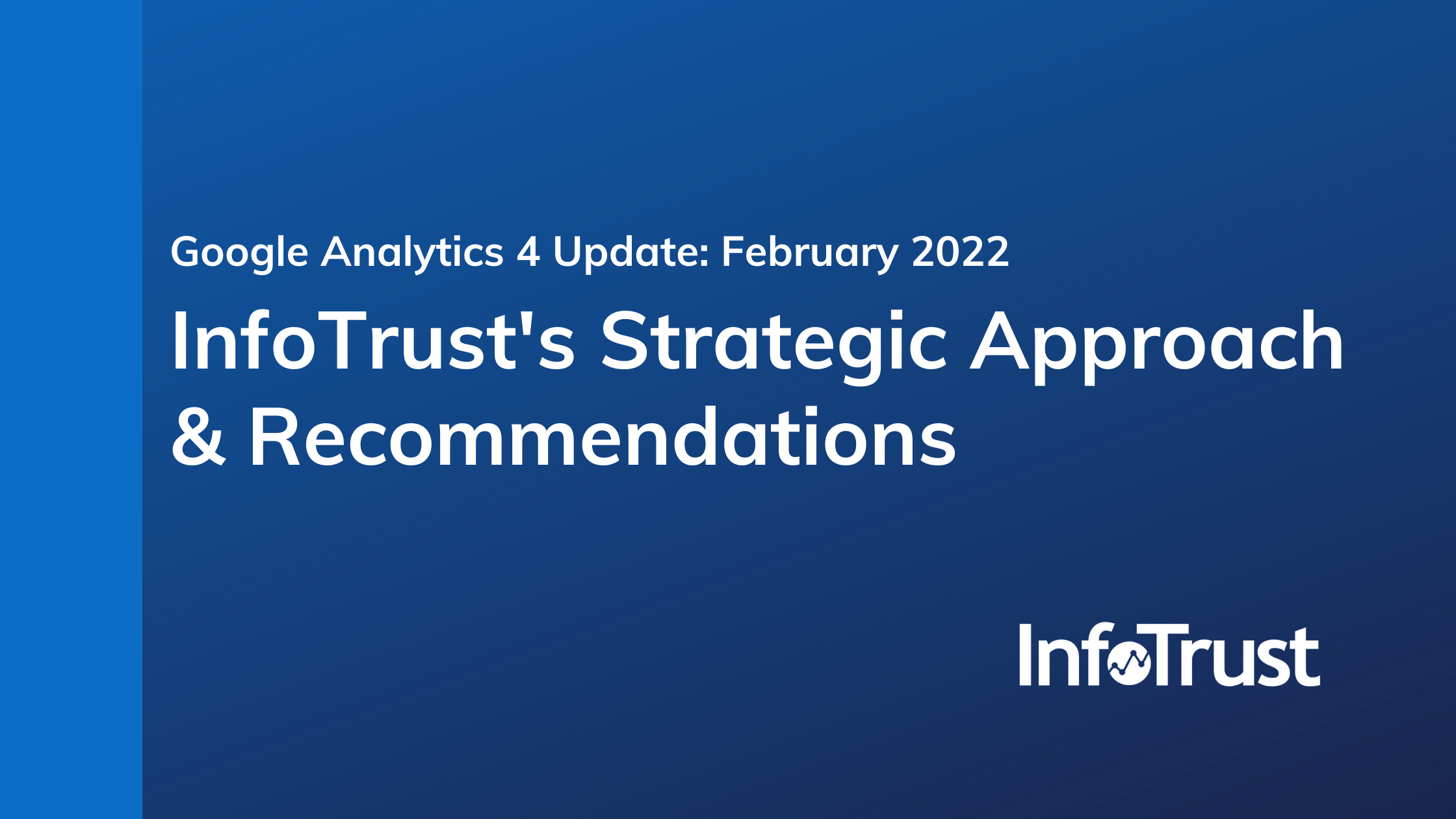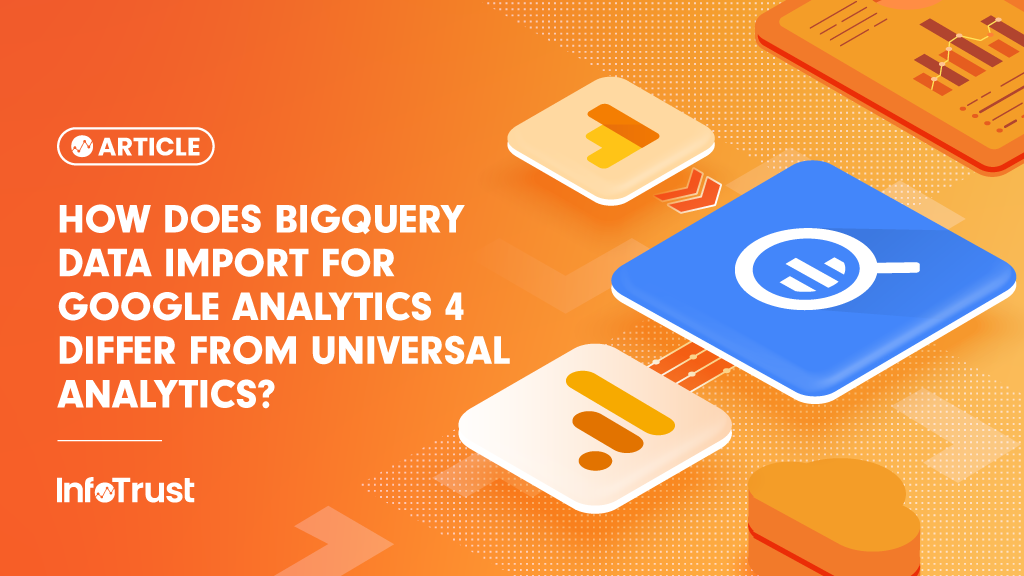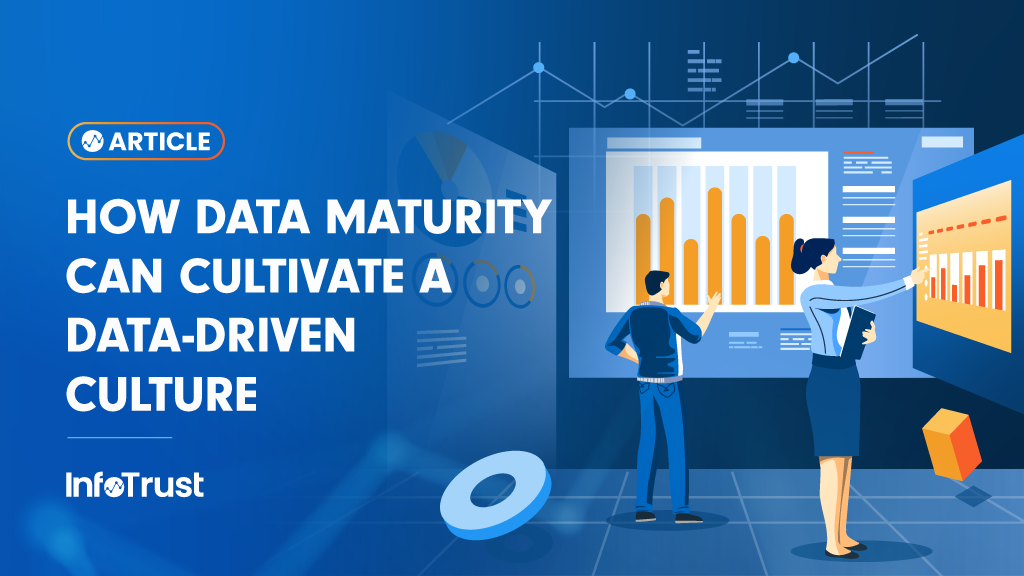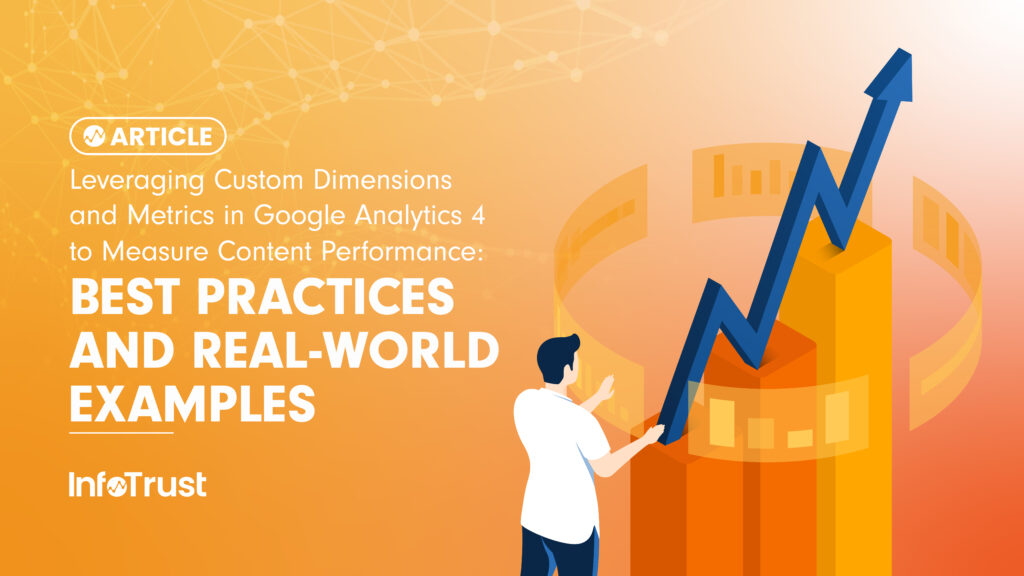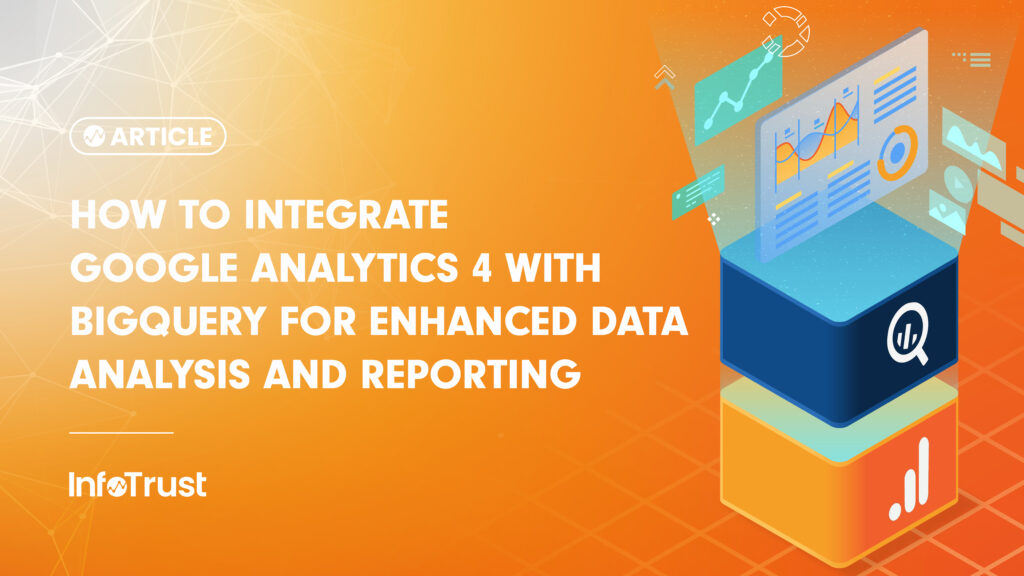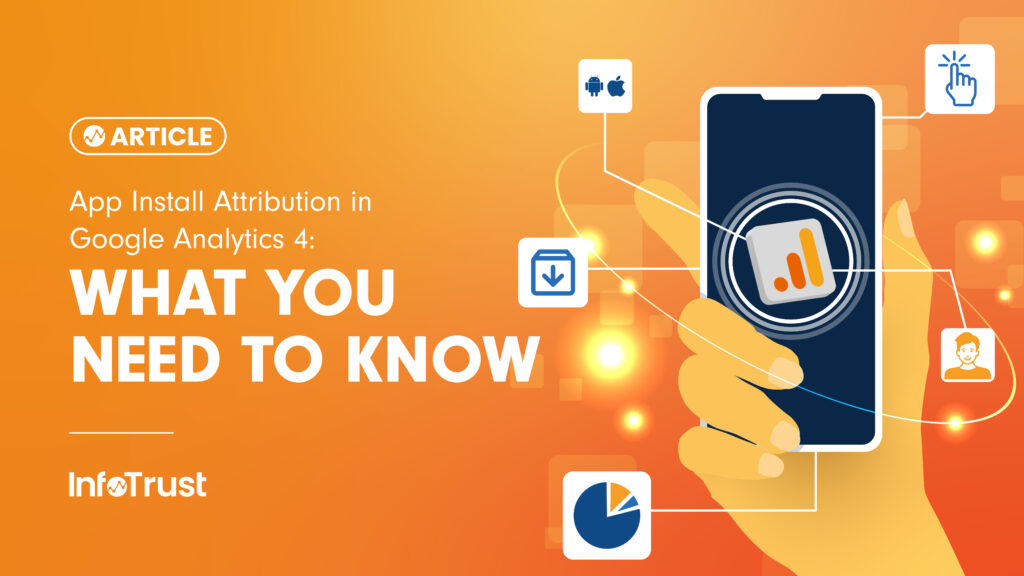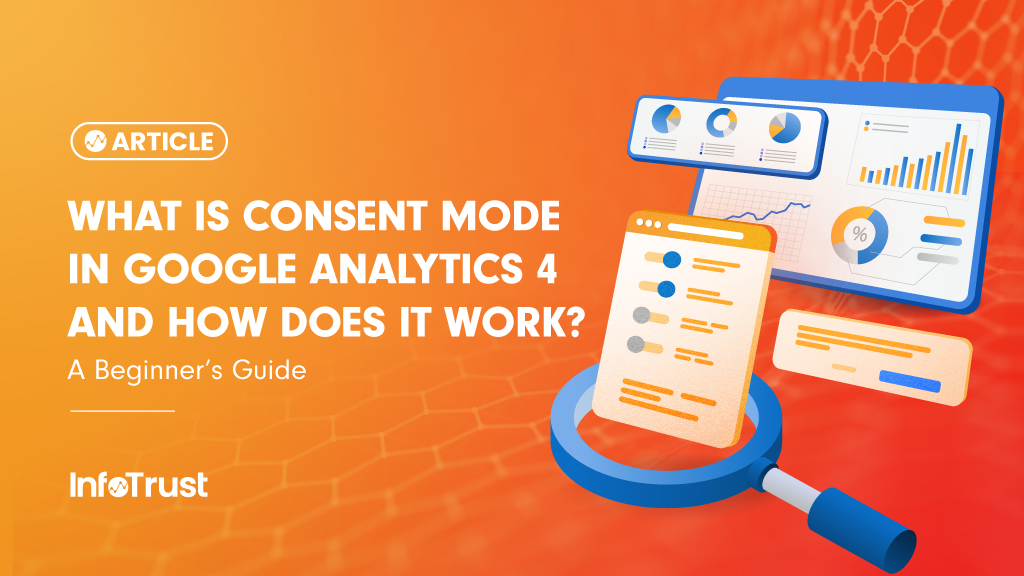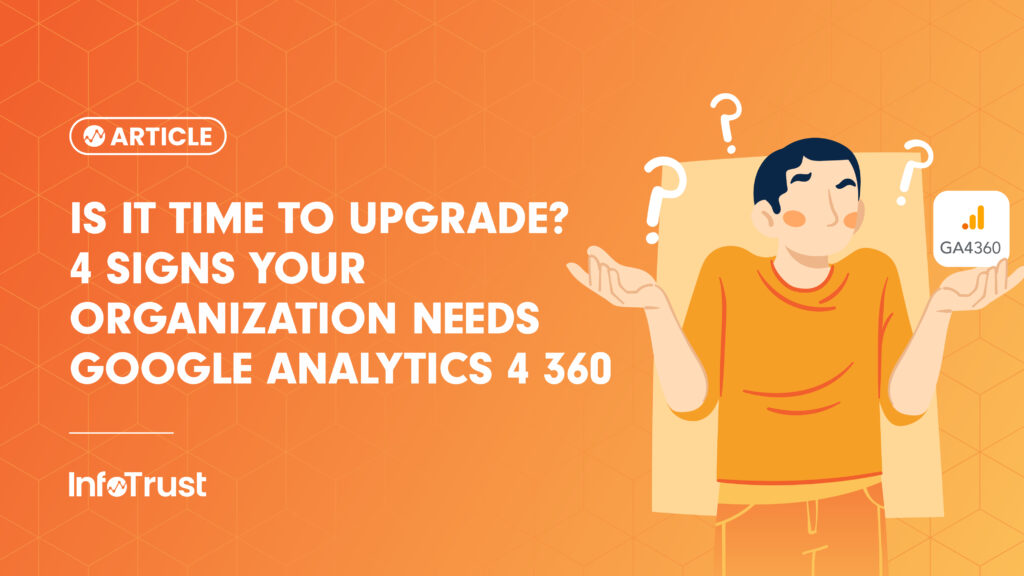Introduction
Google Analytics 4 (GA4) is a new iteration not only of Google Analytics (GA) as a tool, but also as a way of thinking about analytics. The current version of GA, Universal Analytics (UA), uses a pageview- and session-based data collection model, while its app analytics counterpart, Firebase, uses events and parameters. The difficulty in stitching together these different data models has produced confusion, as it makes it unwieldy for organizations to piece together holistic customer journeys. GA4, the latest version of Google’s analytics platform, addresses that issue head-on, among others.
At its core, GA4 uses an event-based data model across both websites and apps, implying a fundamental shift in thinking towards a data collection model that places users—across multiple devices and platforms—at the center, while respecting their privacy. It enables organizations to measure user activity across various assets in a more standardized manner. Conceptually, it treats everything as a user behavior metric, and everything is considered an event.
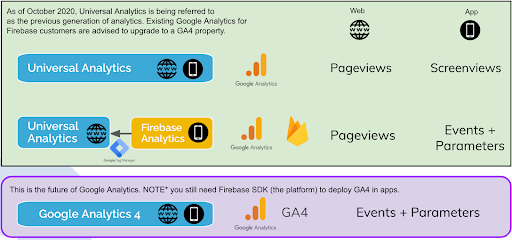
So, why should organizations care? The benefits are numerous; among others we include:
- Greater analytical capabilities, supported by AI and ML incorporated directly into GA4. This obviates the need to export data into other tools for certain analyses, as the new platform has predictive analytics and anomaly detection built into its UI, which allows for more ready access to these findings and insights.
- Improved reporting, as GA4 allows for greater flexibility and customization in report creation (e.g., flexible funnel building). The user-centric data model approach implies that all user data is at the forefront of reporting and analysis, helping to reduce data silos (for example, pages reports in one silo and user events activities in another). There are significantly fewer standard reports, giving the analyst greater control over reporting for various business stakeholders.
- Cross-device and cross-platform data collection, meaning your organization can equally track apps and sites, and stitch that data together, as mentioned above. Since data models for website and app collection are now the same, the complete user journey across devices becomes much easier to contextualize.
- Privacy-first approach: While GA4 is more user-centric, it is also privacy-forward. This new iteration of analytics takes privacy seriously, without sacrificing data on aggregated user activity. Google addresses the consent model data loss issue through its consent mode, which is based on data modeling. (For more information on consent mode, a powerful future-looking feature, reference this article; view our webinar on Privacy-Centric Data Collection: Google Consent Mode.
My analytics stack is working just fine—does my business really need to transition to GA4?
While the above changes represent a significant step forward in analytics, if your current GA setup is satisfying your business requirements it’s reasonable to wonder whether you really need to make the transition to GA4. Additionally, as many organizations will note, GA4 is not yet at full feature parity with UA, causing some disorientation in this transition: Given the feature parity gap and my current analytics implementation meeting business requirements, should we transition onto GA4 now?
Our recommendation here is yes—incrementally transition your business’ analytics to GA4. In addition to leveraging the new features and improvements mentioned above, Google has made it clear that it is focused on GA4 development, and it has updated only the new analytics product and not previous ones (UA, Classic). We are encouraging our partners to be ready for a world without previous GA in 2023 (at least without any updated features and bug fixes), and thus focus on deploying GA4 as soon as possible within 2022. In recent announcements, Google mentioned using GA4 as the product of record in place of UA—further reasoning for organizations to fully transition to GA4.
Given that time frame, our view is that businesses can use this time in their favor to strategically transition from one analytics model to the other—on the one hand, leveraging GA4’s new features and analytics and reporting power, while on the other hand minimizing the risks of data loss and avoiding the need to mobilize a large amount of the organization’s resources all at once in a scramble to quickly ramp up a business-wide GA4 implementation.
Our suggested approach is based on incremental progress, which will not only allow your organization—marketers, analysts, and executives alike—to become more familiar with the new data model and capability to extract more powerful insights, but it will also provide GA4 properties with more data over a longer period of time, enabling advanced features such as machine learning (in addition to audience building).
For further information on our Strategic Recommendation: Transitioning to Google Analytics 4 and an overview of the considerations involved in this transition, stay tuned for our next article publishing soon.
